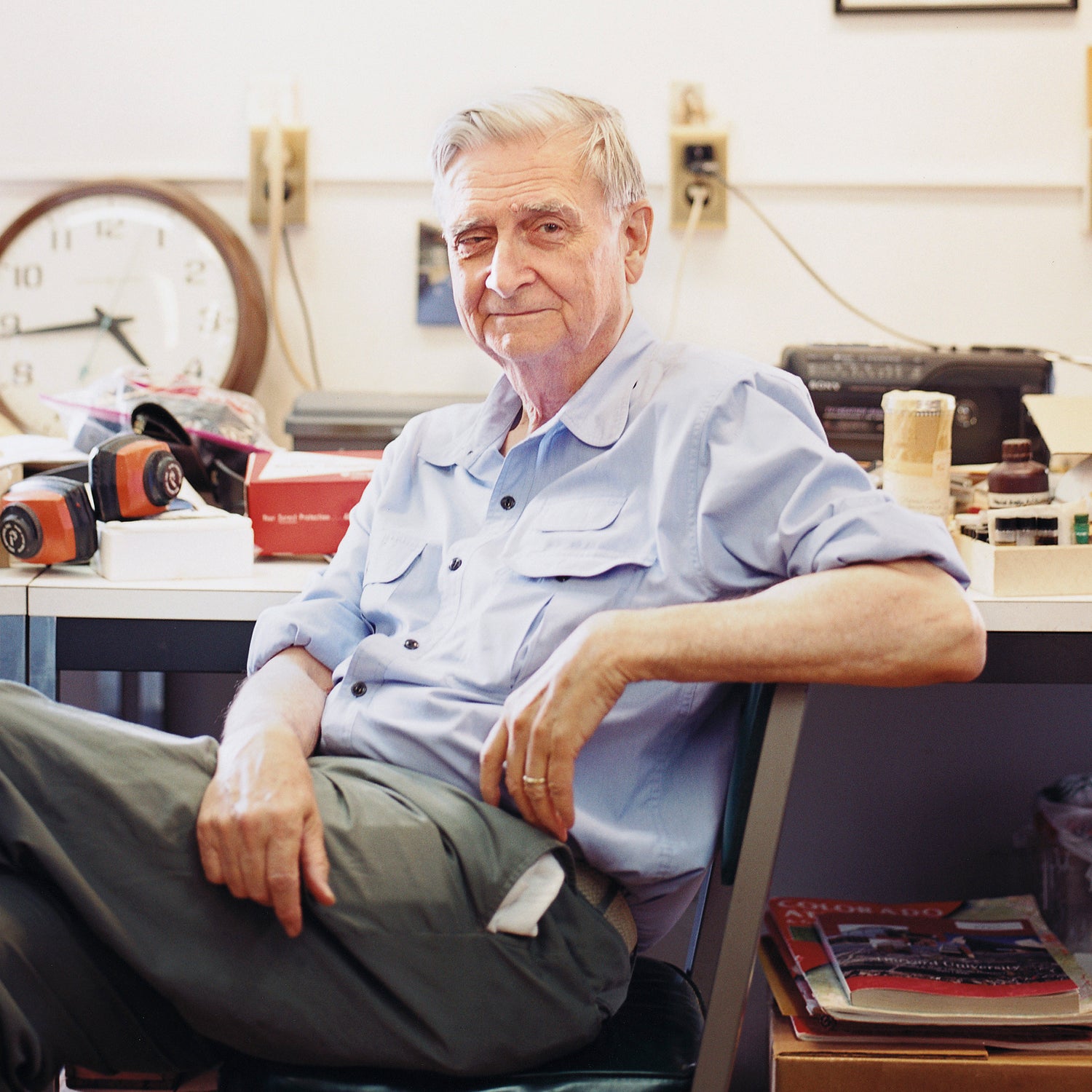Few people know more about biodiversity than . The 86-year-old Harvard biologist and two-time helped popularize the term in a groundbreaking 1988 report of the same name. So when he argues in his new book, ($26, Liveright), that species loss is a critical threat and that we need to turn fully half the planet’s land surface into biodiversity reserves, it’s more than an idle thought experiment.
“To let things continue at the present rate, we could easily be down to half the species left on earth,” Wilson told me from his home in Lexington, Massachusetts. “We could lose millions just in the next few decades.”
Like many scientists, Wilson believes that the planet is currently experiencing a “,” during which species are disappearing as much as 1,000 times faster than they did before humans were around. And we have yet to even encounter the vast majority of life-forms among us. We’ve named approximately two million species, but the best estimates are that another 6.7 million, give or take a million, have yet to be discovered.
Slowing the rate of extinction has long been a crusade for Wilson. More than ten years ago he calculated that, in order to stop or significantly slow species loss, 50 percent of the earth’s land must be protected. (Currently, only 15 percent is formally preserved.) “The only way we’re going to save the situation is by radical means,” he says.
“We are thinking organisms trying to understand how the world works,” Wilson writes. “We will come awake.”
His Half-Earth proposal is certainly that. Many of the world’s preeminent naturalists helped him compile a list of areas with high biodiversity—not just the rainforests of the Congo and the Amazon, but also little-known spots like the church forests of Ethiopia and the just-opening wildlands of Myanmar.
Safeguarding an additional 35 percent of the earth comes with logistical challenges: Would people in preservation areas be relocated, or would they be allowed to stay? Would governments agree to such protections? Oddly, Wilson skips over these issues and instead spends a portion of the book criticizing “new conservationists,” a small group of individuals who believe that smart economic development rather than high fences is the best strategy to preserve what’s left of the wild.
Wilson lambasts people like Peter Kareiva, current director of the , who has advocated higher living standards as a way to save nature. Fearing a loss of emphasis on the nonhuman, Wilson uses his book as a club in this internecine fight. “I do believe they are dangerous,” he says. “I had to come down pretty hard on them.”
Kareiva, for his part, admires the Half-Earth idea. “Wilson has been a crusader for biodiversity unlike any other scientist,” he says. But he thinks the antagonism is misplaced. “If you sat us in a room and put a map in front of us and asked us what do we want the world to look like in 2050, we might end up with very similar maps.”
Indeed, in the second to last chapter of Half-Earth, Wilson makes the case for smart and fast development. Human population, he believes, will peak at around 11 billion near the end of the current century. (It now stands at 7.3 billion.) Technology will help transform the global economy from extensive (requiring large amounts of money, people, and natural resources) to intensive (boosting both productivity and efficiency). And energy production will continue to become less connected to fossil fuels. In short, over the coming decades, humanity will achieve a smaller footprint and leave room for other species. It’s the kind of argument a new conservationist might make.
“We’re finally seeing conservation starting to get more on point,” says Michael Shellenberger, president of the , which has rattled mainstream environmentalism in part by arguing that it needs to embrace “ecomodernist” development to fix the planet. Shellenberger has his own critique of Wilson: “He doesn’t address the dirty, bloody work of conservation on the ground.”
Nor did he intend to. Half-Earth is less detailed plan than aspirational goal. Wilson is leaving it up to us to figure out how to do it, and after looking at the technological and economic trends, he believes we will. “The reason is that we are thinking organisms trying to understand how the world works,” he writes. “We will come awake.”
Wherever Wilson presents this idea, he is wildly cheered. He considers that evidence of a generation prepared to make tough decisions. “Many young people see in this something worthwhile to dedicate themselves to,” says Wilson. “This book is saying we don’t have to yield. We don’t have to plant the white flag and start setting ourselves up for the destruction of the living world.”
Earth, Protected
Though the book doesn’t include a comprehensive map of proposed sanctuaries, �����ԹϺ��� assembled an approximate guide to the best places in the biosphere, according to Wilson and other scientists. —Nicola Payne
Homeland Security
The redwood forests of California, the South’s longleaf pine savanna, and the Madrean pine oak woodlands of the mountainous Southwest are crucial North American ecosystems.
Under Siege
The Amazon River basin, the forests of the Congo basin, and the church forests of Ethiopia have faced unrelenting decimation by human hands in recent years.
Hot Spots
Wilson and others believe that certain countries possess such rich biodiversity that the majority of their land is worthy of study and protection. These include Bhutan, Cuba, the Dominican Republic, Haiti, Myanmar, Madagascar, New Guinea, and South Africa.


